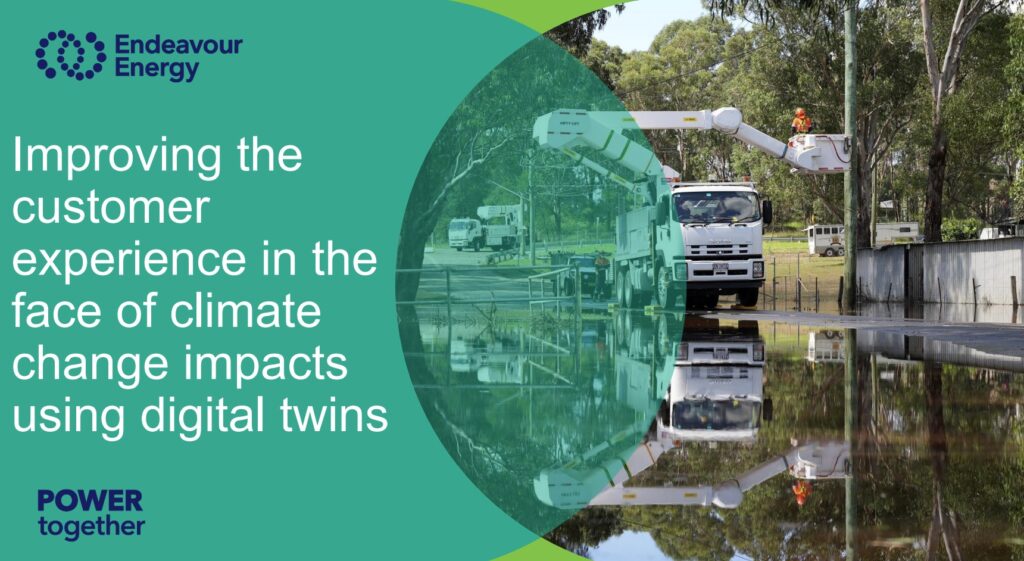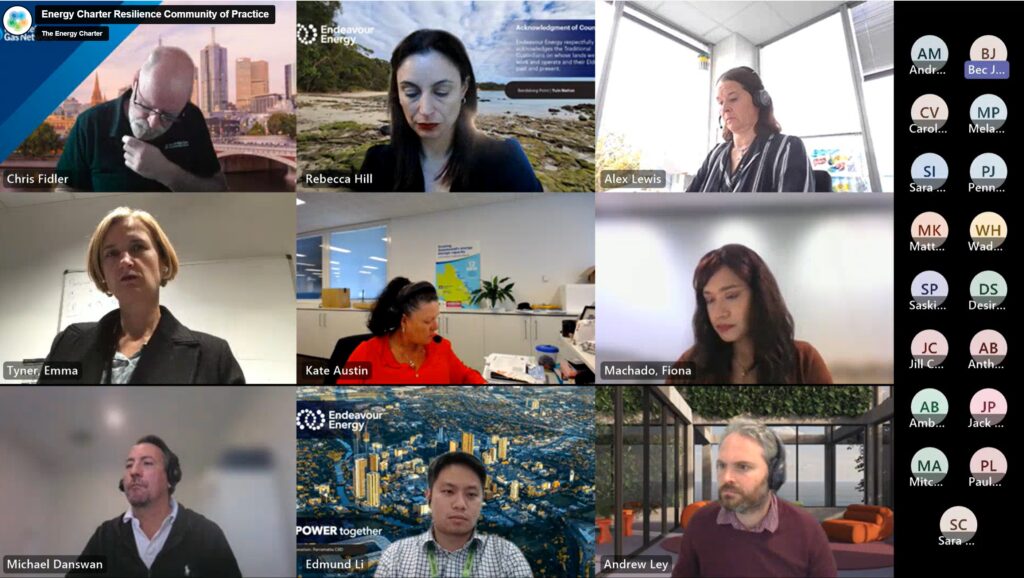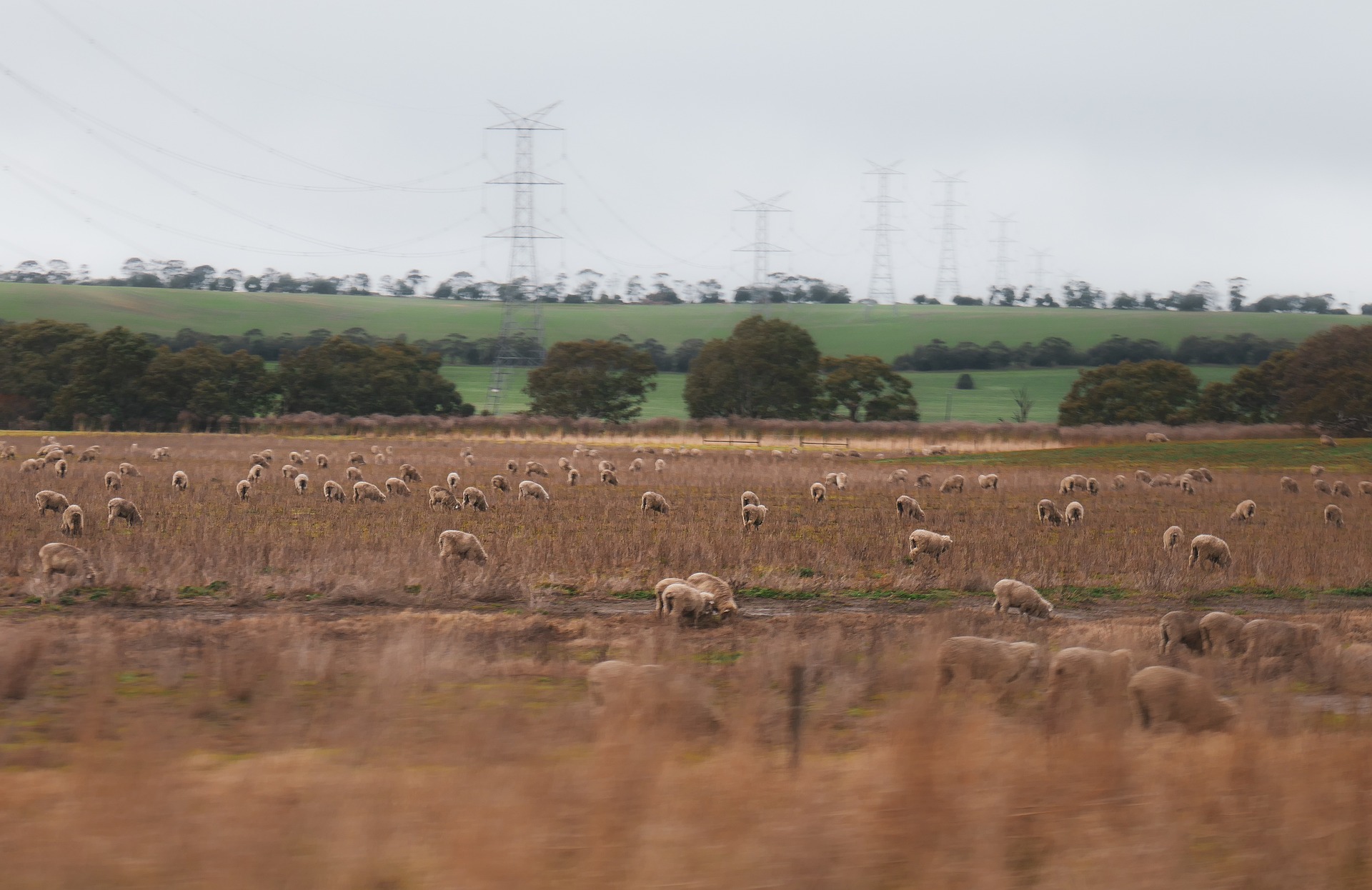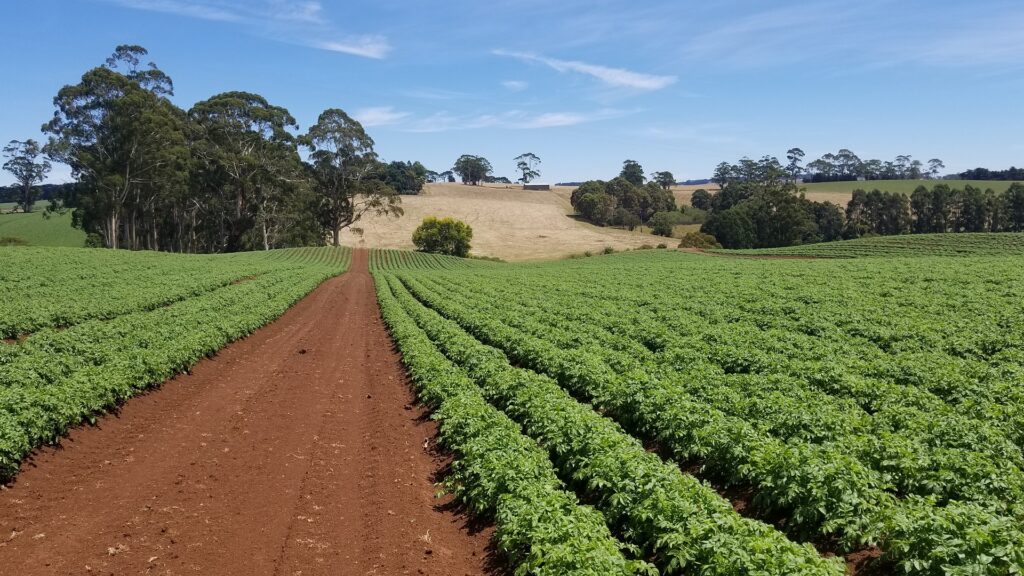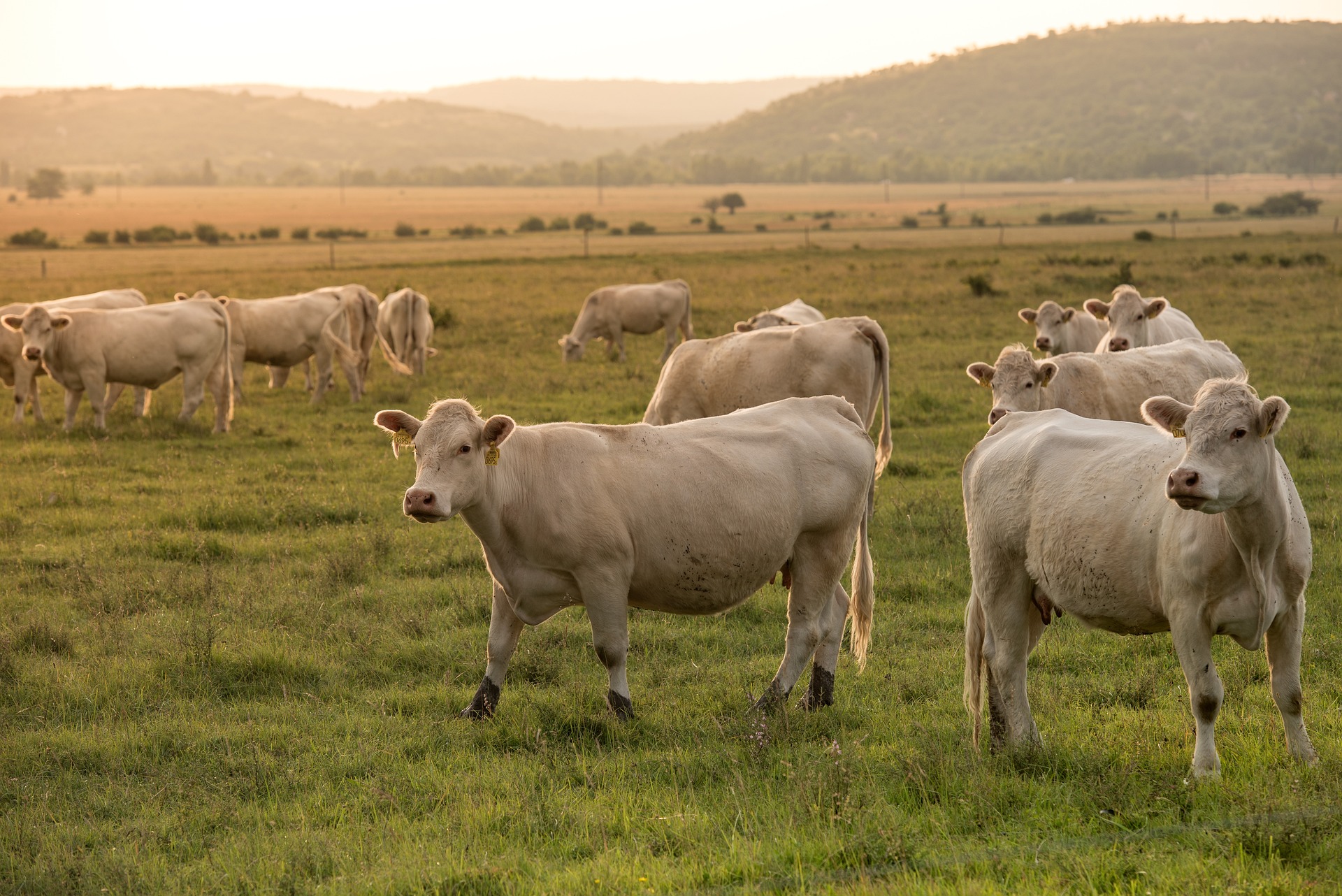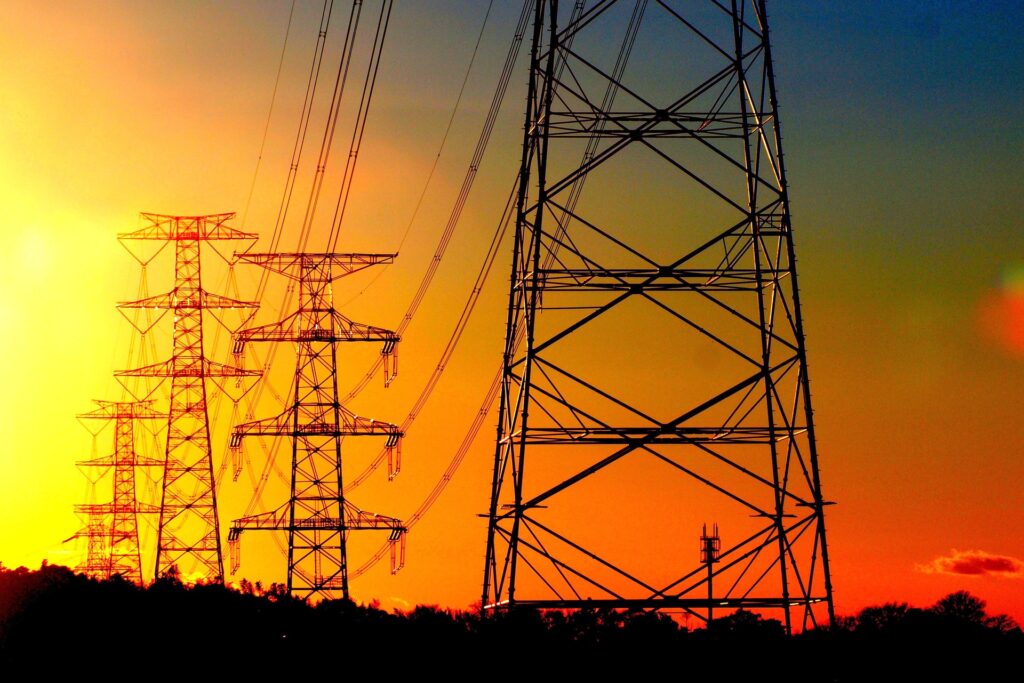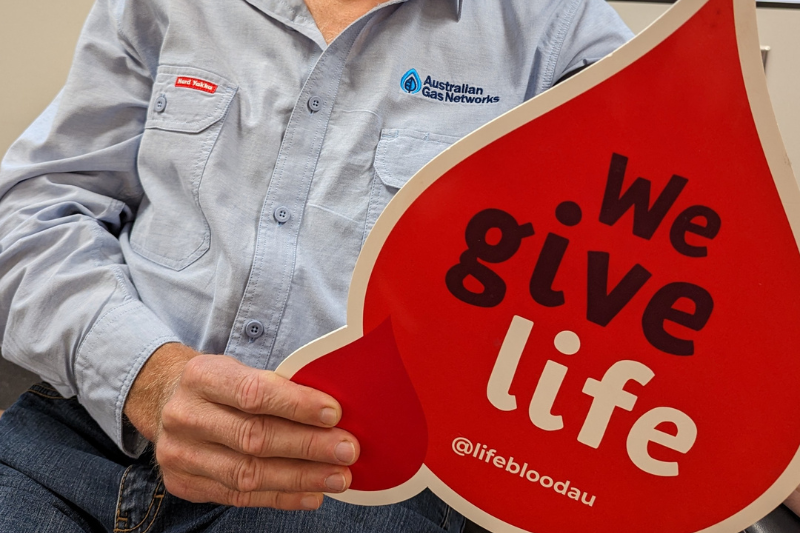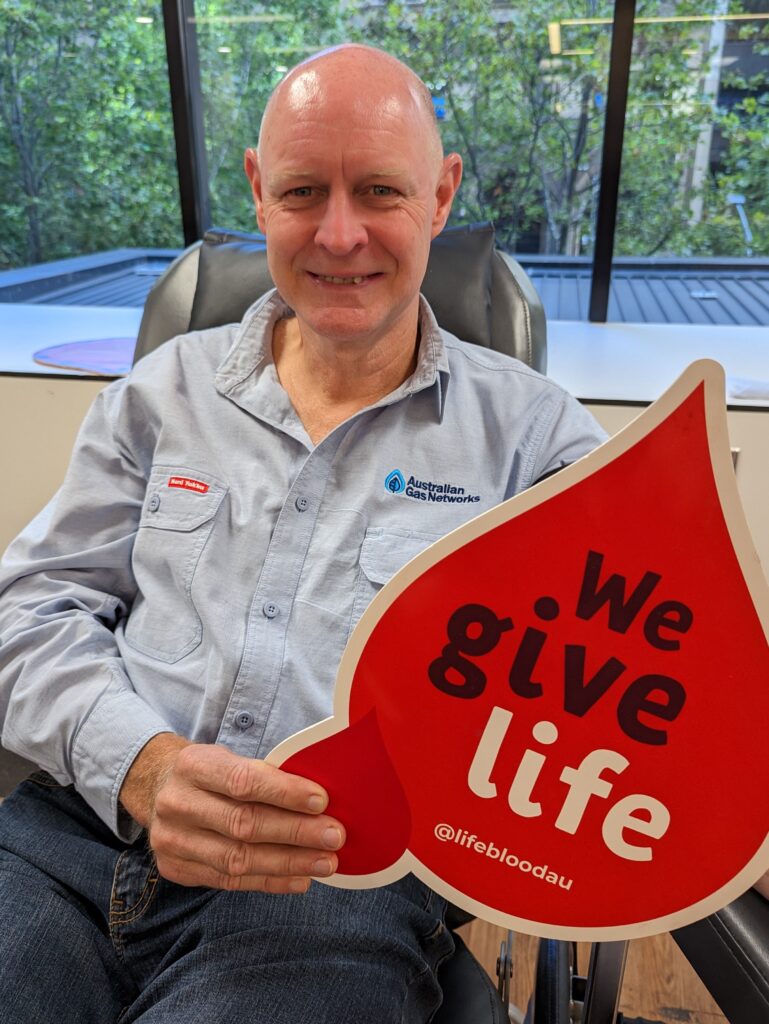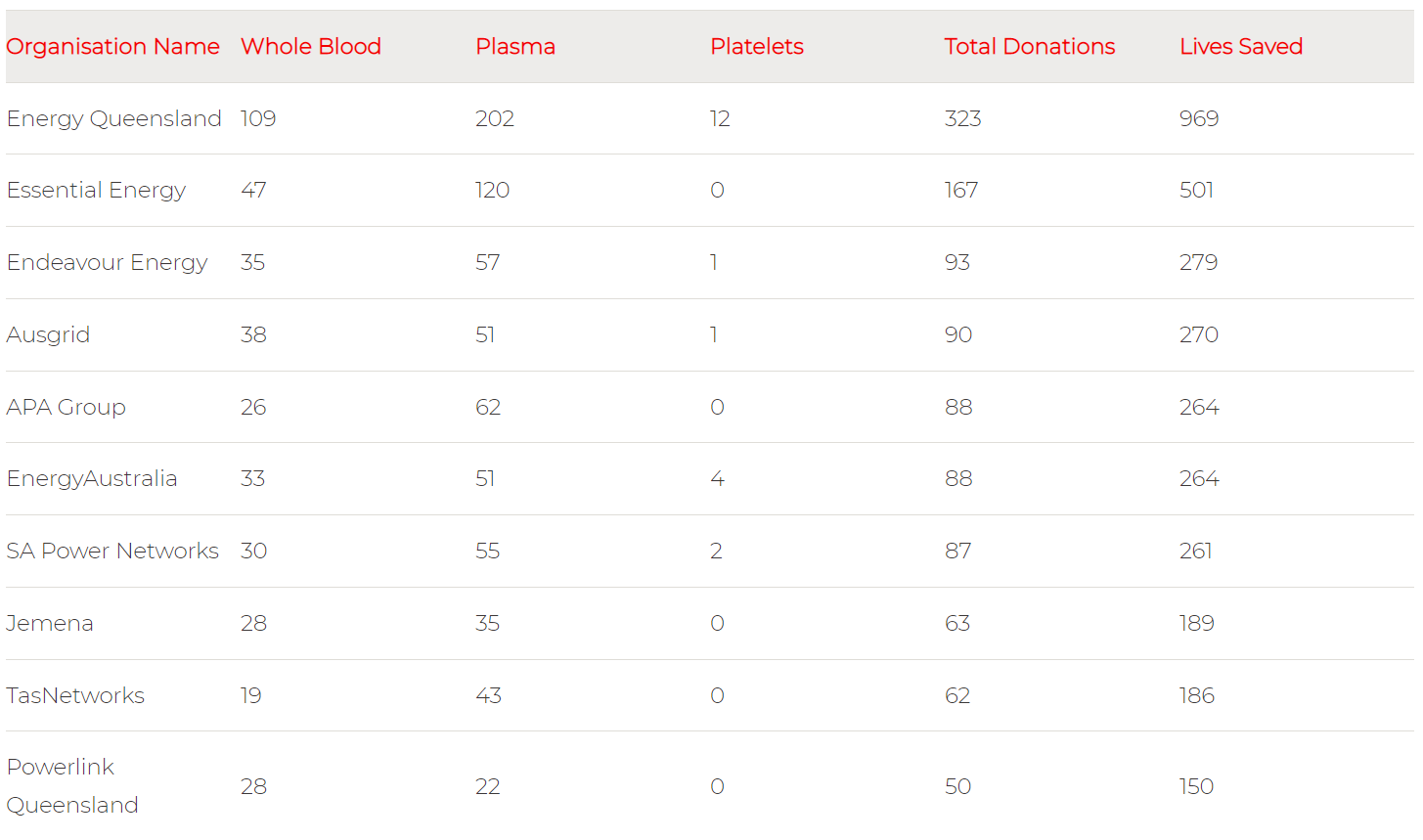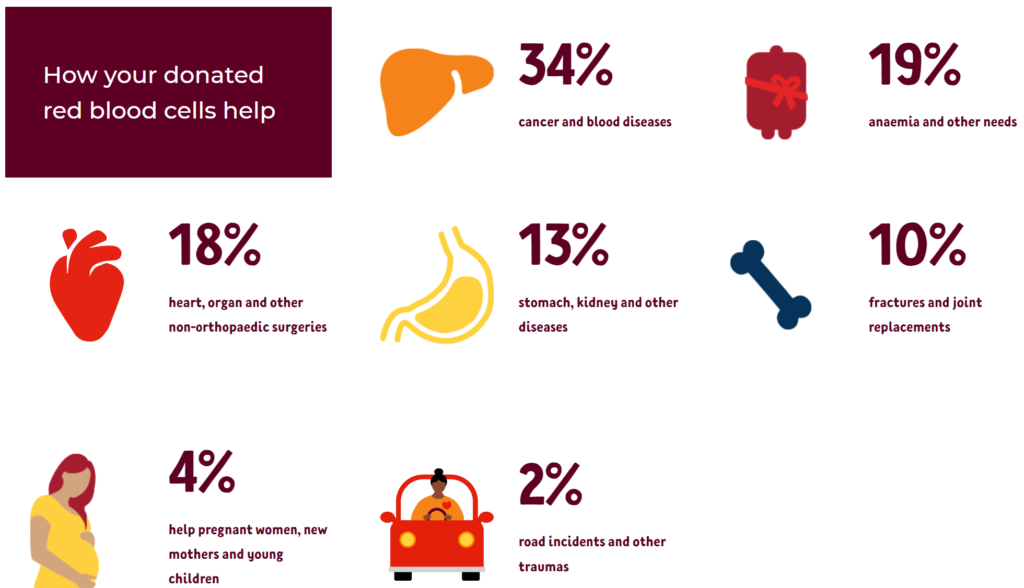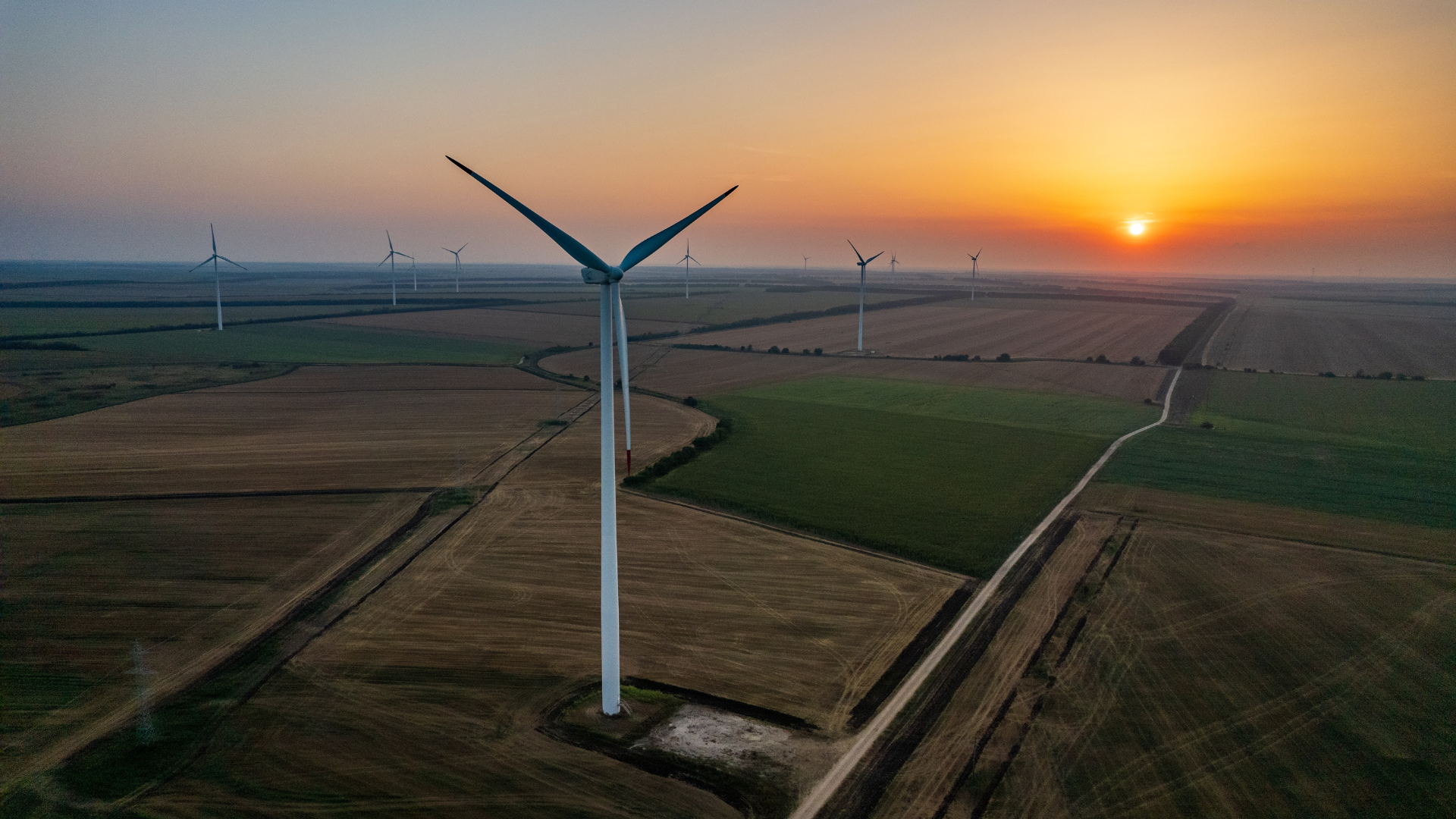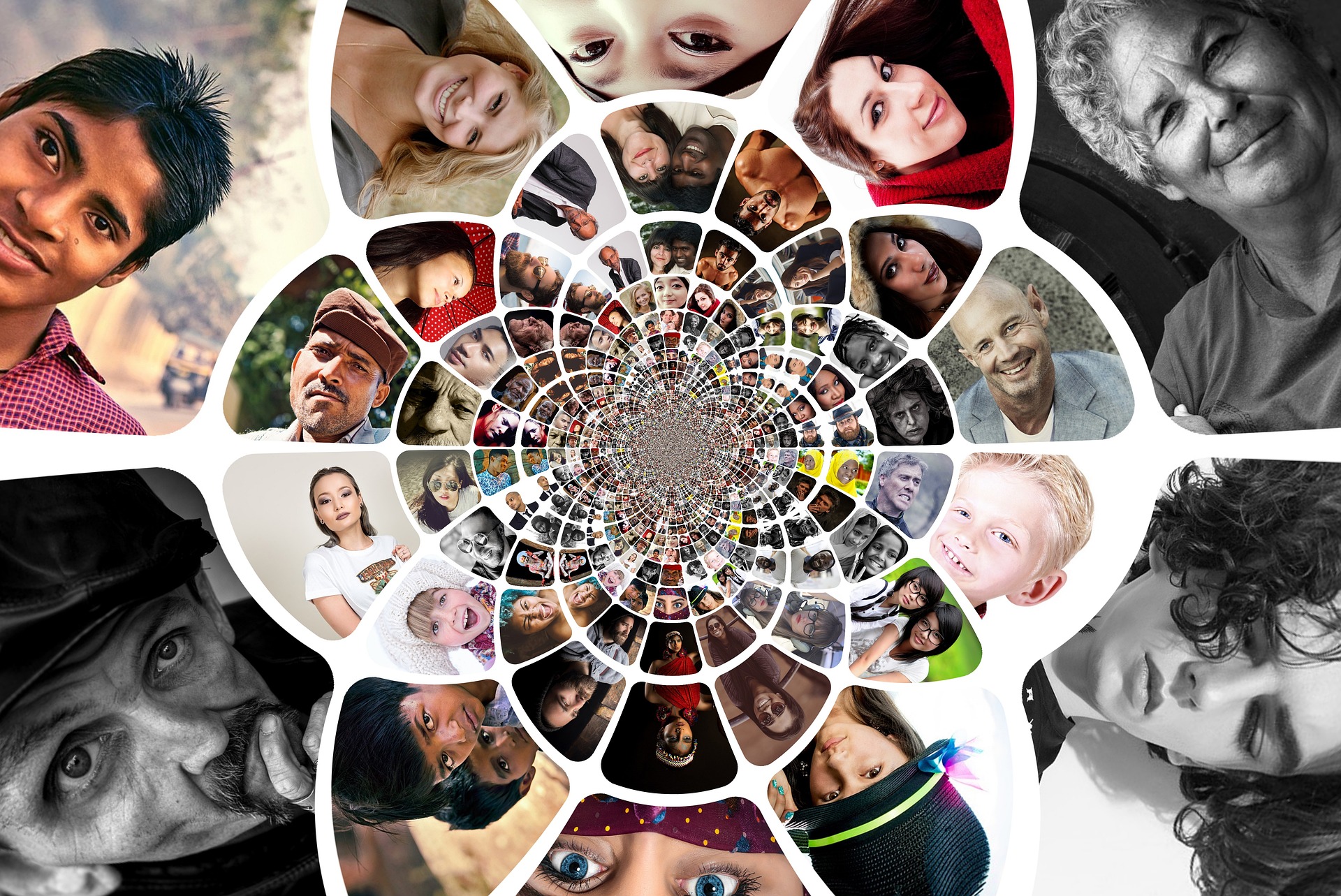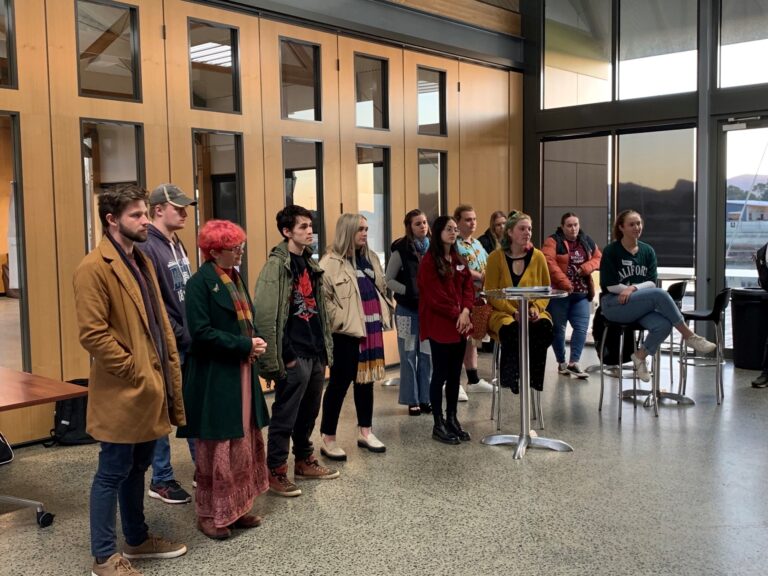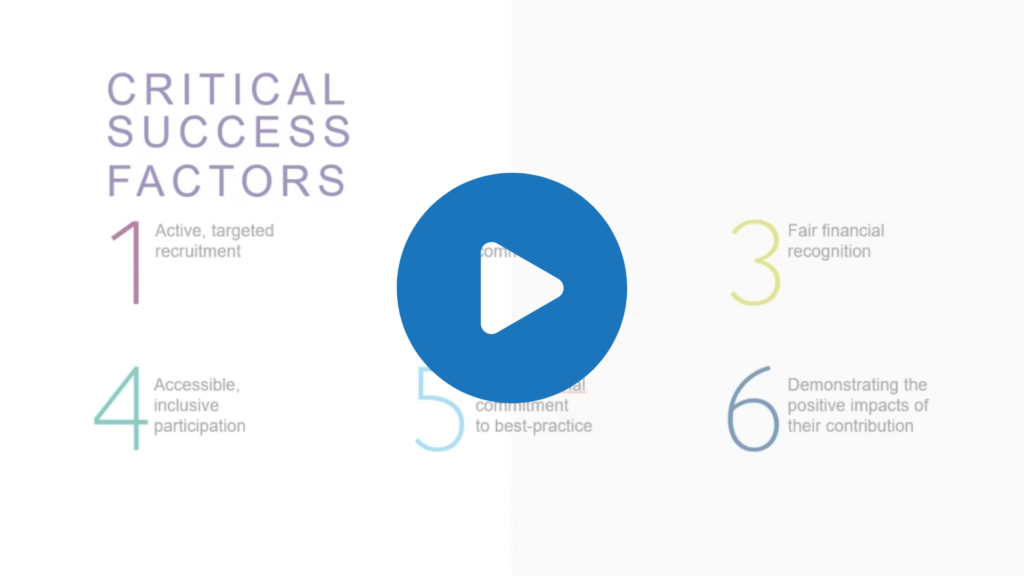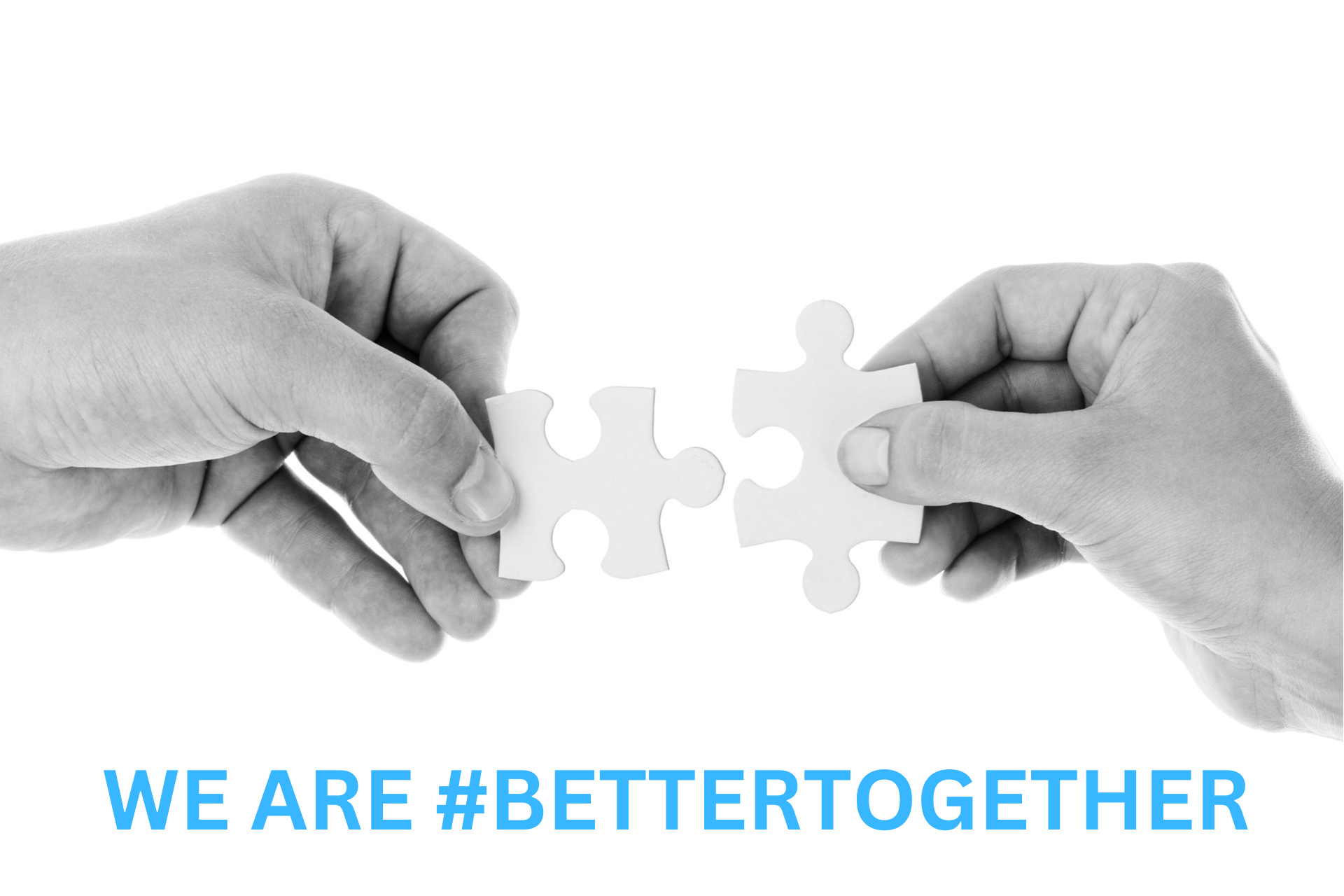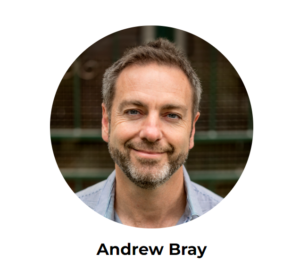In the Energy Charter’s first-ever Resilience Community of Practice, we heard from Endeavour Energy on how they collaborated with others and used new-tech to deliver better outcomes for flood-affected communities.
In 2022, significant rainfall caused flooding in parts of regional and rural NSW, damaging the electricity network and causing wide-spread power outages.
Endeavour Energy’s digital twin platform processed large amounts of data quickly to enable better, faster and more accurate engineering decisions. It works by using LiDAR (Light Detection and Ranging) data captured from helicopters, fixed-wing aircraft, and vehicles and links it with network data to generate an engineering-grade digital 3D network model.
During the floods, Endeavour Energy used this new technology to simulate the impact of major flooding in the Hawkesbury and Nepean Rivers.
Rather than wait for visual inspections after the floodwaters receded, the digital twin modeled flood impacts to eliminate 300 hours of inspection time and enable a targeted response to the customers that needed assistance the most.
Endeavour Energy is the first electricity network in Australia to deploy an engineering grade digital twin to combat the impacts of climate change and extreme weather events.
Better communication and customer experience
- The modelling provided by the digital twin enabled the business to know where customers were likely to be impacted by flooding ahead of time, so targeted communication could promote safety and preparedness.
- Social media was strategically focused to ensure widespread communication across impacted communities. The community responded, appreciating real-time news and two-way engagement
- Digital communication was supported by teams on the ground, including community liaison officers at dedicated storm centers. With the help of the modelling data, these teams were able to provide real-time and accurate communication, including on road closures and likely restoration times
- Informed on-ground teams and real-time information on digital channels enabled a community network to share reliable information with each other. Those that could access digital resources helped by printing and sharing information with others.
Session resources
Explore Endevour Energy’s response to the 2022 floods in NSW, including how they used digital-twin technology to reduce inspection time, improve safety, support real-time communication, and target their response to the customers that needed assistance the most.
Improving the customer experience in the face of climate change impacts using digital twins also extends to managing bushfire impacts.
Energy Charter Signatories, Collaborators and Supporters can access the full session recording via The Source to learn more.
About this event
This event is part of the Energy Charter’s Resilience Community of Practice dedicated to helping customers and communities better prepare, respond and recover from disaster events.
Every second month, the Energy Charter host a Community of Practice, including expert-led discussions building on the topics covered in the Energy Charter’s Disaster Response Playbook:
- Communication and Education – where do communities get information, how is it delivered and who needs to know? This includes sharing learnings on successful communication and education campaigns as an essential aspect of disaster preparedness, response and recovery.
- Coordination and Collaboration – what are the opportunities to better work together across the energy sector and within the broader eco-system? This includes better practice case studies on successful collaboration.
- Planning and Preparedness – what is our role in building community and individual capacity to plan and prepare for a disaster? This includes opportunities to build resilience ownership and literacy within communities, so they can better respond in a disaster.
- Learning loops – It’s essential to share back to enable continuous improvement. This includes sharing insights from recent disaster events and building a resilience learning library.


